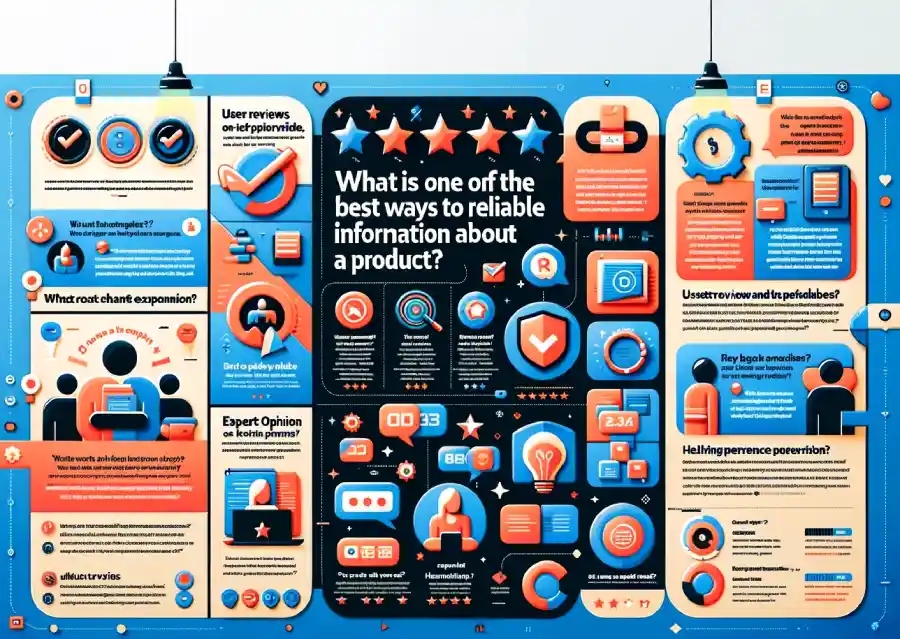
Have you ever wondered what are some of the common marketing tactics credit card companies use to market to young adults? What marketing tactics do credit card companies use?
As a financial analyst and a millennial myself, I’ve both experienced and analyzed these strategies firsthand.
This blog post will explore the targeted approaches used by credit card companies to captivate young adults, integrating personal insights with a detailed examination of these methods.
Why do credit card companies target young people?
Credit card companies target young people primarily to establish brand loyalty early in their financial lives, ensuring a long-term customer base.
Young adults, who are just starting to make independent financial decisions, represent an opportunity for these companies to influence credit habits and preferences from a young age.
By acquiring young customers, credit card companies benefit from decades of potential earnings through transaction fees, interest payments, and other financial services.
Furthermore, young adults are more likely to embrace new technologies, making them ideal adopters for modern credit tools like mobile banking apps and digital wallets.
Targeting this demographic also allows credit card companies to capitalize on their future income potential as their careers progress, expanding the consumer base and compensating for older cardholders exiting the market.
Overall, engaging young adults supports the growth and innovation within credit card companies, ensuring they remain competitive and relevant in the financial sector.
What Are Some Of The Common Marketing Tactics Credit Card Companies Use to Market to Young Adults?
Here are 7 smart marketing tactics credit card companies use to attract young adults.
- Customized Reward Program
- Social Media Engagement
- Gamification
- Financial Education
- Strategic Partnerships
- Trial Offers and Sign-up Bonuses
- Transparent Communication
Let’s examine each strategy in detail.
1. Customized Reward Programs
Credit card companies often create reward programs that appeal directly to the lifestyles of young adults. For example, cards that offer enhanced cashback on digital subscriptions, travel, or dining out cater to common spending patterns among this demographic. An example that stands out is a card that provided triple points for streaming services, directly targeting the media consumption habits prevalent among young adults.
2. Social Media Engagement
Utilizing platforms where young adults spend a significant amount of time, such as Instagram and Snapchat, credit card companies launch targeted ads that blend seamlessly with other content. For instance, a recent campaign featured influencers discussing the benefits of a new credit card, focusing on its budgeting tools and how it aids in financial independence, resonating deeply with young adults looking to manage their finances.
3. Gamification
Gamification involves adding game-like elements to the credit card experience, such as points scoring and levels. This strategy makes the process of spending and earning rewards more engaging. A notable campaign involved a credit card app that allowed users to “unlock” new card features and bonuses as they reached spending milestones, making financial management both fun and rewarding.
4. Financial Education
Credit card companies often sponsor webinars and write articles on financial literacy, targeting young adults who are relatively new to managing their own finances. These educational resources not only build trust but also empower young consumers to make informed decisions. For example, a series on “How to Build Your Credit Score” can attract young adults who are planning major purchases or loans.
5. Strategic Partnerships
Aligning with brands that appeal to young adults, credit card companies often offer exclusive discounts or rewards. A partnership between a popular tech brand and a credit card company offering special financing options for gadgets is a prime example. This not only promotes brand loyalty but also integrates the credit card into the young adult’s lifestyle and purchasing habits.
6. Trial Offers and Sign-up Bonuses
To attract first-time credit card users, companies frequently offer attractive sign-up bonuses. A recent promotion offered a significant bonus if the card was used within the first three months, coupled with a waived annual fee for the first year, making it highly appealing for young adults looking to avoid extra costs.
7. Transparent Communication
Young adults value honesty and transparency, especially regarding fees and benefits. Credit card companies that clearly communicate these aspects, including the real costs of owning the card, tend to build better relationships with this demographic. One such approach includes interactive tools that allow users to calculate their benefits and compare different cards directly on the company website.
Conclusion
Credit card companies employ a multifaceted approach to market to young adults, leveraging technology, personalization, and education. By understanding and aligning with the interests and needs of this demographic, these companies not only attract but also retain young consumers.




Pingback: Describe Marketing Tactics That The Credit Industry Uses To Trick People Into Getting Into Debt. - Vlineperol